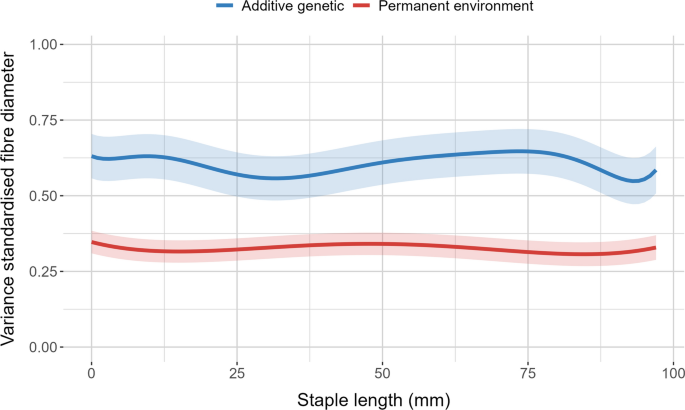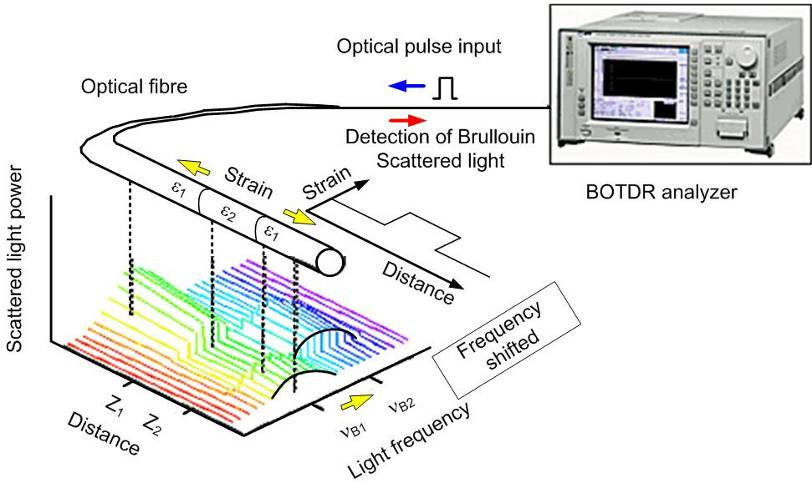Maximize Your Fibre Optic Efficiency: Comprehending Optical Fibre Size Analyser Modern Technology
The performance of fiber optic systems is critically affected by the precision of their diameter, a factor typically forgot in the quest of ideal signal honesty. Comprehending the modern technology behind optical fiber diameter analysers discloses the complex balance in between dimension accuracy and production quality. These devices not only improve conformity with sector criteria yet additionally give real-time understandings that can preemptively address possible concerns. The ramifications of their use extend past mere measurement; they can essentially change the landscape of fiber optic performance. What variables should one think about to harness their full possibility?
Importance of Optical Fiber Diameter
The size of optical fiber plays a crucial role in figuring out the efficiency and effectiveness of interaction systems. On the other hand, smaller diameters tend to support fewer modes, which can improve signal quality and decrease crosstalk.
In addition, comprehending the diameter's effects can bring about set you back financial savings by lowering the requirement for signal amplification and repeaters in considerable networks (optical fibre diameter analyser). In verdict, the value of optical fiber size can not be overemphasized, as it directly impacts the overall effectiveness and reliability of contemporary interaction systems

Just How Size Influences Signal Quality
Signal top quality in optical fibre systems pivots considerably on the size of the fibre. A smaller size can lead to higher attenuation rates, resulting in signal loss as light travels via the fibre.
On the other hand, larger diameters usually permit improved light capture and lowered modal dispersion, improving signal quality. In multimode fibres, a bigger core size can sustain several light modes, yet it might likewise present intermodal diffusion, which can deteriorate signal top quality. As a result, choosing the optimal fibre size is crucial for achieving the desired performance in certain applications.
Additionally, the communication in between the fibre diameter and the wavelength of the light utilized plays a crucial function in establishing the effective transmission range and general signal integrity. Because of this, comprehending how fibre diameter influences signal high quality is important for network developers and engineers aiming to enhance optical fiber systems for dependable, high-speed data transmission.
Review of Diameter Analyser Technology
In several optical fiber manufacturing procedures, accurate dimension of fibre diameter is vital for making sure constant performance and top quality (optical fibre diameter analyser). Size analysers are innovative tools designed to analyze the physical dimensions of optical fibres with high accuracy. They use innovative optical and laser technologies to determine the diameter, ovality, and concentricity of the fiber, hence offering crucial information for quality assurance
These analysers can operate in-line during the manufacturing process or as component of off-line screening procedures. In-line systems enable real-time surveillance, allowing producers to adjust specifications immediately, thereby keeping optimal manufacturing problems. Off-line analysers, on the other hand, provide thorough analyses of sets, making certain that any kind of variances from defined resistances are identified and dealt with.
Diameter analysers significantly contribute to the reduction of problems in optical fibers, enhancing overall item dependability. By continually gauging essential criteria, these modern technologies promote conformity have a peek at this website with industry requirements and specs. As the need for high-performance optical fibres proceeds to rise, the function of size analysers becomes increasingly essential in accomplishing the preferred top quality and performance requirements in fiber optic systems.
Key Functions of Fibre Size Analysers
Although various designs of fiber diameter analysers exist, they generally share several key attributes that boost their capability and dependability. Among the most considerable features is high-resolution dimension abilities, which make certain accurate diameter readings, vital for preserving quality control in fibre production. Furthermore, lots of analysers incorporate advanced optical sensing units made to find minute variants in fiber size, thus supplying invaluable data for procedure optimization.
An additional important feature is real-time monitoring, enabling drivers to get instant responses on fibre diameter throughout the manufacturing procedure (optical fibre diameter analyser). This capacity helps with rapid adjustments and minimizes the probability of flaws. Numerous analysers also come equipped with user-friendly interfaces, making it possible for operators to easily navigate with setups and information results
Moreover, durable data storage and evaluation capabilities are essential for tracking historic performance trends and guaranteeing compliance with sector requirements. These functions collectively contribute to the efficiency of fiber diameter analysers in enhancing fibre optic efficiency.
Best Practices for Fiber Optimization

First, routine calibration of optical fiber size analysers is important. This guarantees accurate dimensions and lessens potential discrepancies that could impact efficiency. Next off, maintaining a tidy workplace is essential; dust and informative post impurities can lead to signify degradation.
Furthermore, it is very important to select fibres that meet details application requirements. This includes reviewing aspects such as depletion, bandwidth, and environmental conditions. Proper setup methods should likewise be followed, including preventing sharp bends and too much stress, which can endanger fiber integrity.
Additionally, employing innovative monitoring systems can help with real-time performance assessments, making it possible for prompt identification of problems. Normal screening and upkeep should be carried out to ensure that fibres stay within ideal operational specifications.
Lastly, training workers on the newest fiber optimization innovations and approaches will improve their capability to execute efficient techniques. By adhering to these finest methods, companies can dramatically boost the performance and lifespan of their optical fibre systems, making certain reliable communication and data transfer.
Verdict
Finally, the integration of optical fiber size analyser modern technology is important for optimizing fibre optic performance. By making certain precise measurements of fibre measurements, these analysers substantially enhance signal top quality and minimize losses throughout information transmission. Normal calibration and maintenance of the analysers are critical to promote ideal efficiency and conformity with sector standards. Inevitably, the application of this innovation promotes enhanced information transmission prices and reinforces signal honesty, adding to the general performance of fibre optic systems.
Signal quality in optical fibre systems pivots significantly on the diameter of the fiber.In many optical fiber manufacturing processes, accurate dimension of fiber diameter is essential for making certain constant efficiency and top quality. As the need for high-performance optical fibers proceeds to increase, the duty of diameter analysers becomes progressively essential in accomplishing the desired quality and efficiency requirements in fibre optic systems.
These functions jointly contribute to the effectiveness of fibre diameter analysers in optimizing fibre optic performance.
In final thought, the combination of optical fibre view it now diameter analyser modern technology is essential for maximizing fibre optic performance.
Comments on “High-Performance Optical Fibre Diameter Analyser for Specialized Applications”